

Artists in Business: Professional Organizations for Fine Artists in the U.S.
Summary
Reflection Questions
Journal Prompt
The interplay between art and commerce has long been a subject of both scrutiny and intrigue—encapsulating the dualistic nature of the artist as both creator and economic agent. Within this intersection, professional organizations act as a hub for resources, advocacy, and communal support essential for the sustenance and growth of an artist’s career. These bodies serve not merely as conduits for networking but also as bastions for the enrichment of professional competencies—directly impacting the trajectory and prosperity of practitioners within the fine arts domain. This article will outline the multifaceted role of artist associations—noting their contributions to the artistic community and the individual artist’s professional development.
The Purpose of Artists’ Associations


The primary objective of professional organizations for artists lies in the cultivation of networking opportunities. Such networks are not merely social constructs but critical professional frameworks within which artists can engage with peers, curators, collectors, and critics.
These connections often lead to collaborative endeavors, exhibitions, and the exchange of ideas—which are indispensable for creative and professional growth. Networking through these organizations extends an artist’s reach into broader markets and diverse communities—fostering relationships that are often instrumental in navigating the complex terrain of the art world.
Access to Resources and Information
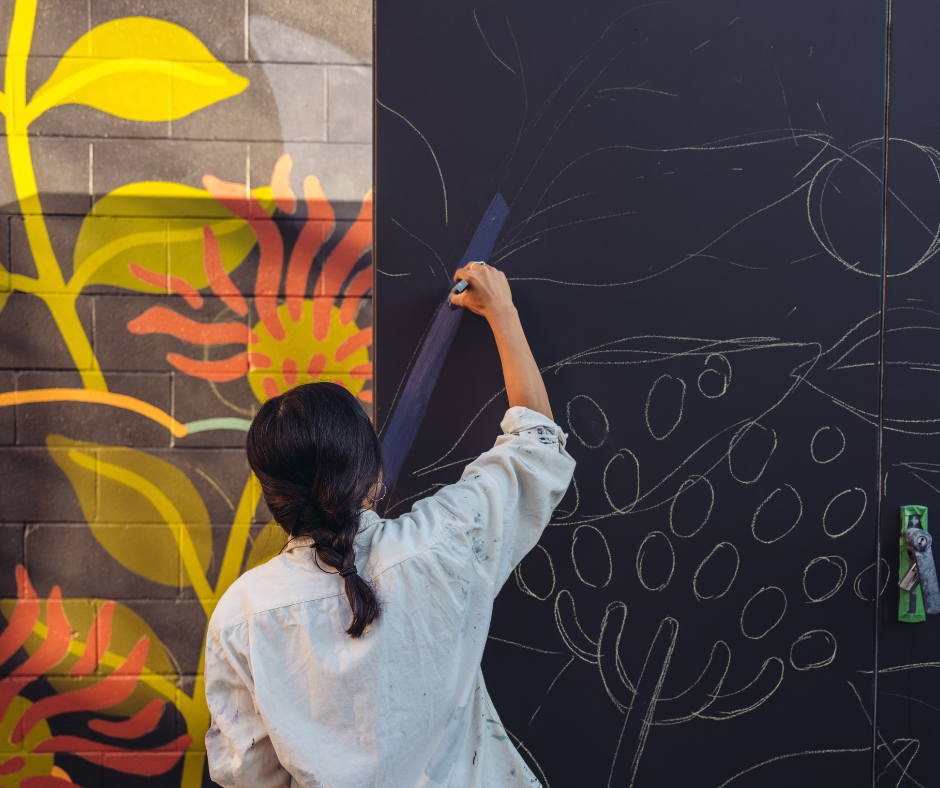

Access to resources and information constitutes another cornerstone in the edifice of these professional organizations. Professional artists—especially those in the nascent stages of their careers—may lack the resources necessary to propel their work into the public eye or to sustain their practice.
These artist associations act as repositories of information—offering insights into grants, residencies, educational programs, and up-to-date market trends. They provide practical tools such as legal advice, copyright guidance, and even assistance with the logistics of art transportation and installation—all of which are essential for professional management.
Advocacy and Representation
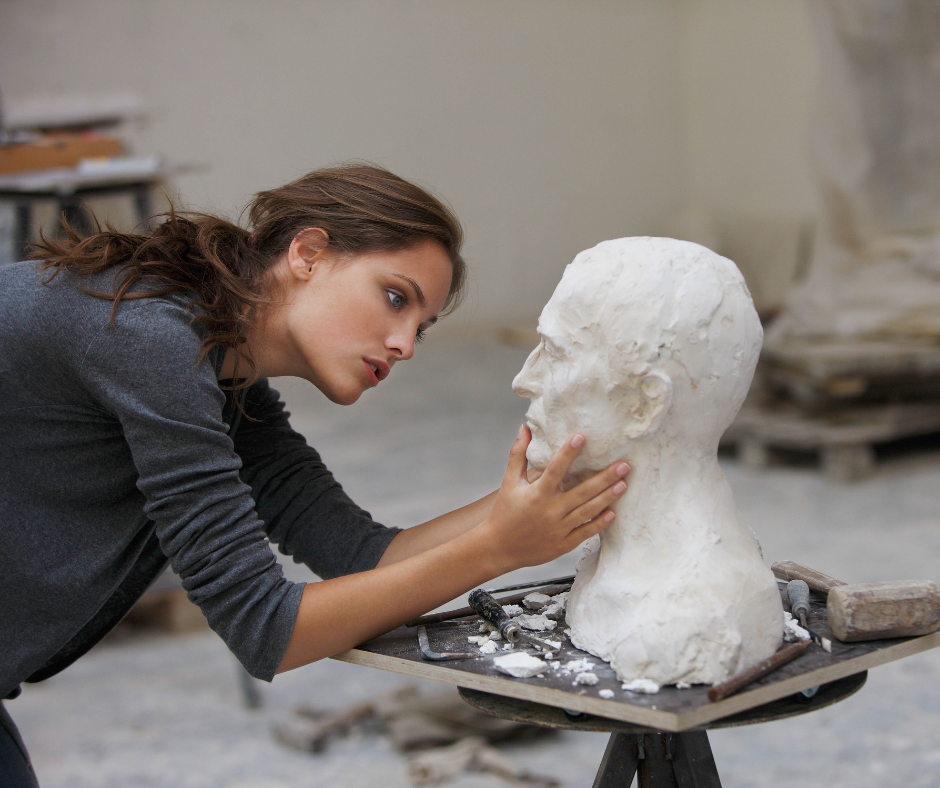

Advocacy and representation are also vital functions of these entities. The precarious nature of the art market—coupled with the often solitary practice of creation—can leave artists vulnerable to inequitable practices.
Professional organizations advocate for artists’ rights, fair compensation, and legal protection. They play a significant role in shaping policies that affect the art community—ensuring that artists’ voices are heard in legislative arenas, and that their economic and intellectual contributions are recognized and respected.
Professional Development and Education


Furthermore, the role of professional organizations in fostering professional development and education cannot be overstated. They often sponsor workshops, seminars, and lectures that are critical for the continuous learning and skill enhancement necessary in a field that is perpetually evolving.
This educational aspect is not confined to the mastery of artistic techniques but also encompasses the business acumen required to thrive in the art market—including marketing strategies, digital presence, and financial planning. These educational resources enable artists to adapt and remain relevant—making professional organizations crucial catalysts for enduring artistic careers.
Types of Professional Organizations for Those in Visual and Performing Arts
Professional organizations serving the art community manifest in varied forms and scales—each catering to specific facets of an artist’s professional needs and geographical or disciplinary contexts.
Local and Regional Arts Councils
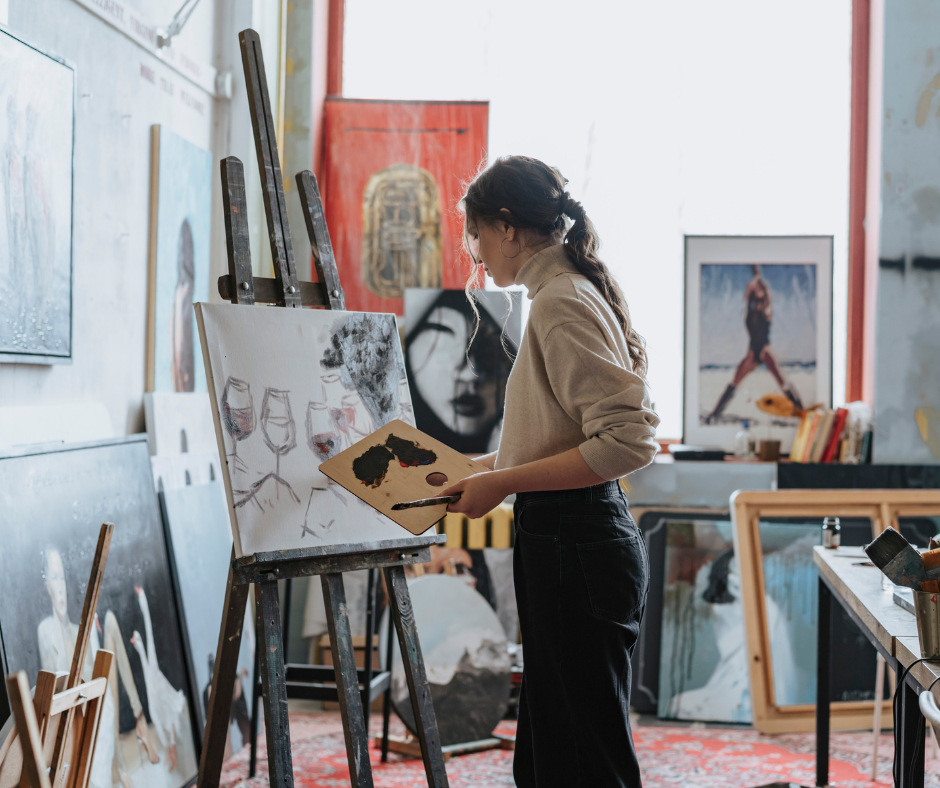

Local and regional arts councils exemplify organizations tailored to the geographical context. These councils are instrumental in fostering local cultural ecosystems, often providing artists with their first exposure to the professional world.
They typically offer support tailored to the community’s unique cultural landscape—which may include local grants, exhibition spaces, and community-driven projects that encourage public engagement with the arts. These councils often host annual exhibitions and other art shows showcasing featured artists. While one or two might be a nonprofit organization, not all are.
National and International Arts Organizations
On a broader scale, national and international arts organizations operate with a wider purview—facilitating cross-regional and global exchanges. These organizations are pivotal in elevating artists’ profiles beyond local confines—providing access to a vast network of artistic discourse, and often, more substantial funding opportunities.
They are essential for aspiring artists seeking to gain international recognition, as they frequently sponsor prestigious exhibitions, biennales, and fairs that serve as important platforms for showcasing work to a global audience.
Discipline-Specific Associations
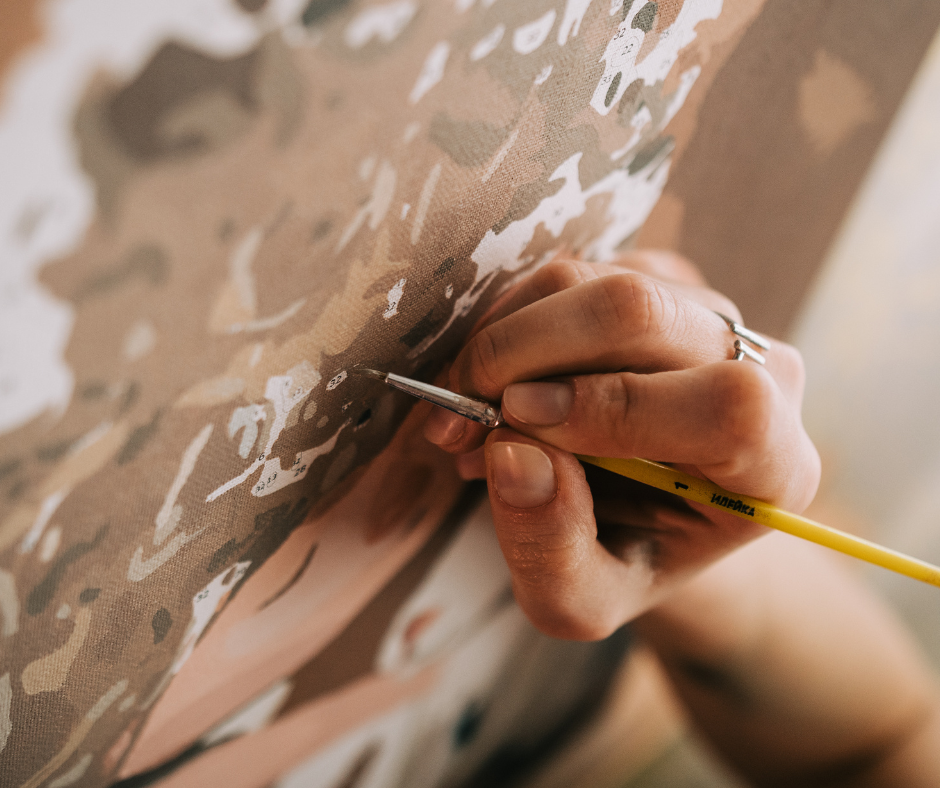

Discipline-specific associations concentrate on the needs and interests of artists within particular mediums or practices—think watercolor painting, children’s book illustration, sculpture, etc. These associations—such as those exclusively for painters, sculptors, digital artists, or printmakers—offer specialized resources—including workshops focused on techniques, materials, and innovations specific to that discipline.
They also provide forums for artists to engage with peers who share similar technical and creative concerns—which is conducive to the advancement of the discipline itself. Some might also offer grants for visual arts education or offer discounts to educators.
Unions and Guilds for Fine Artists


Unions and guilds for fine artists stand as advocates for artists’ labor rights and work conditions. They often resemble traditional labor unions, negotiating fair practices, providing legal support, and striving for equitable treatment in both commercial and institutional engagements. Unions and guilds may offer collective bargaining power—striving to secure members’ interests in a field that can sometimes be precarious and unpredictable.
Each type of organization offers distinct benefits and serves unique roles within the art community. Their diverse nature ensures that artists from varied backgrounds, disciplines, and career stages can find support and advocacy—critical for sustaining and advancing their professional endeavors in the visual arts. Membership benefits vary but often include inclusion in on-site and online exhibitions in addition to advocacy and other support.
How to Choose the Right Organization
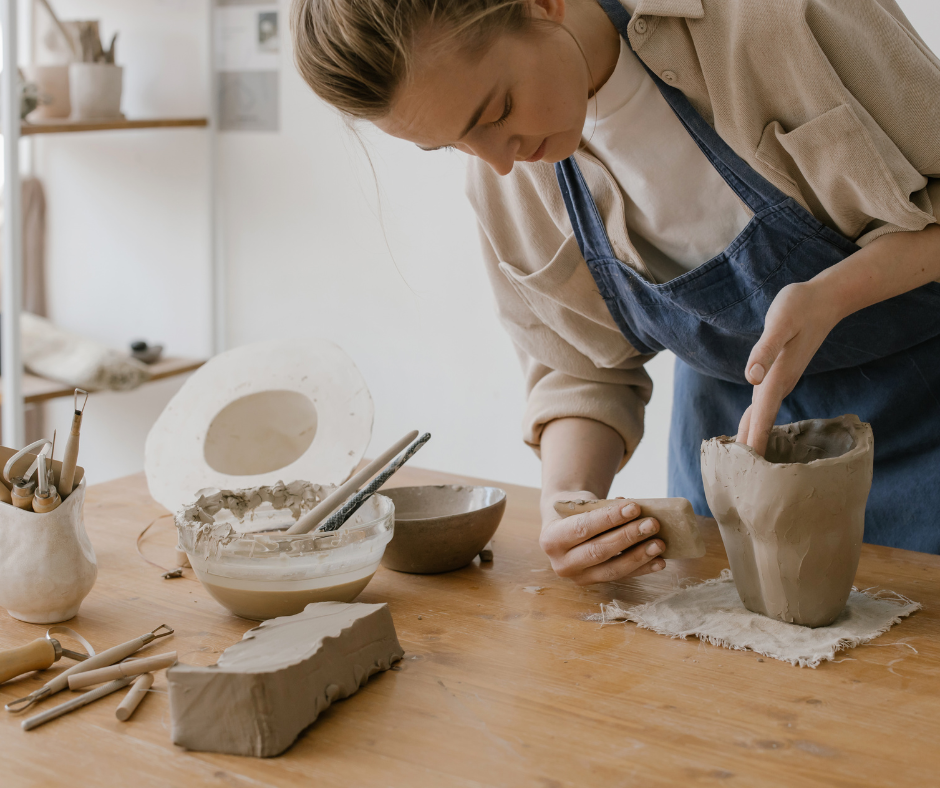

Selecting the appropriate professional organization is a decision of significant consequence for artists, warranting a methodical and introspective approach. An initial step in this selection process entails a thorough assessment of personal and career goals.
Artists must reflect upon their current position within the artistic landscape and articulate where they aspire to be. This self-assessment will guide them in identifying organizations whose missions align with their artistic trajectory and professional objectives—be it gaining local recognition, securing international exhibitions, or advancing in specific mediums.
Once personal objectives are clarified, artists should contemplate the scale and scope of prospective organizations. Local and regional councils might provide more personalized, community-based opportunities, while national or international bodies could offer broader exposure and more substantial resources. The decision here hinges upon the artist’s ambitions—whether to deepen local roots or to extend their reach beyond immediate geographic confines.
Furthermore, evaluating membership fees against the benefits provided is a pragmatic aspect of this decision. Artists must consider their budget and determine if the cost of joining translates into a worthwhile investment.
Benefits vary widely—from access to exclusive opportunities and resources to comprehensive healthcare packages—and should be measured against the financial outlay required. The optimal choice would offer a balance where the benefits substantially outweigh the cost—providing tangible value to the artist’s career.
Lastly, soliciting testimonials and reviews from current members is an invaluable step in appraising the effectiveness and reputation of an organization. Existing members can offer candid insights into how the organization has impacted their professional journey.
Such firsthand accounts serve as a barometer for the organization’s supportiveness, efficacy in advocacy, and the actual realization of promised opportunities and benefits. Artists should seek out these narratives through direct communication, social media forums, or industry events—ensuring a well-rounded understanding of the organization’s standing within the artistic community.
Spotlight on Prominent Organizations for Fine Artists
American Abstract Artists (AAA)
The American Abstract Artists (AAA) serves as an advocate for abstract art—including non-objective and non-figurative expressions. Founded in the 1930s, it has been pivotal in promoting these art forms through exhibitions, publications, and fostering an intellectual dialogue among artists and the public.
AAA also maintains an active presence in the art community by organizing panel discussions and symposia that address key issues in the field of abstract art.
The American Artists Professional League (AAPL)
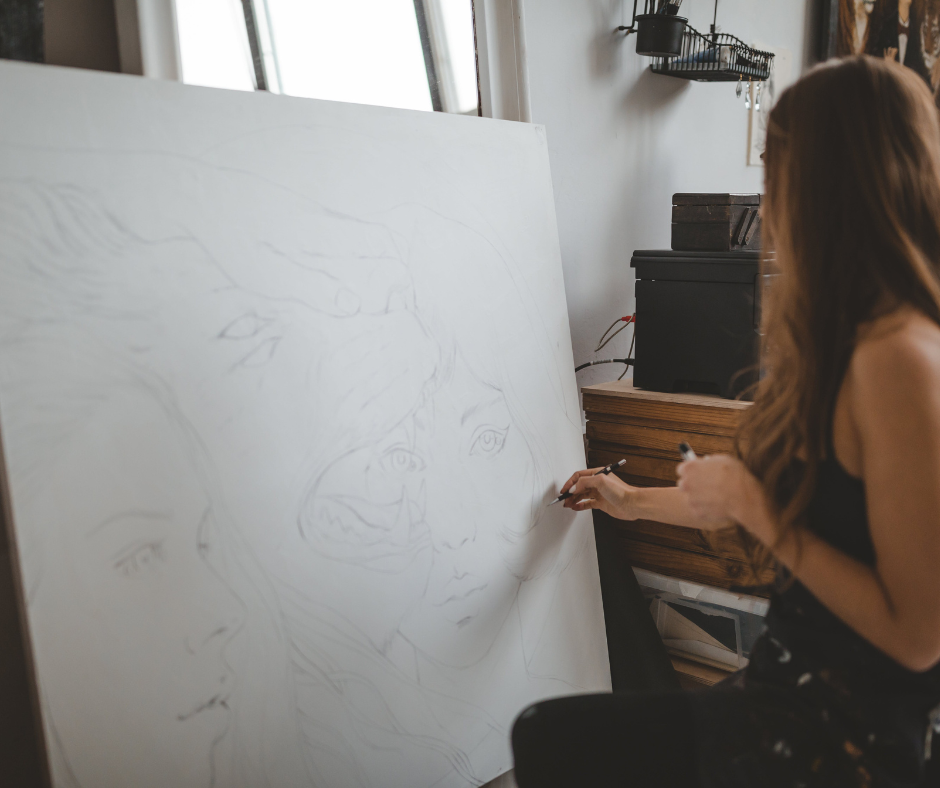

The AAPL is an institution with a legacy of encouraging fine artists through organized national —which serve as a launchpad for emerging talents and provide established artists with continued recognition.
Additionally, this national association offers educational resources and is active in advocating for the interests of professional artists—thus contributing to the preservation of traditional art forms.
The Art League
The Art League offers a supportive community for artists with a variety of educational programs—which are designed to nurture artistic talent at all levels.
The organization hosts exhibitions that allow artists to present their work to the public and offers a robust network of peers and professionals, which can be invaluable for feedback, collaboration, and career progression.
ArtTable
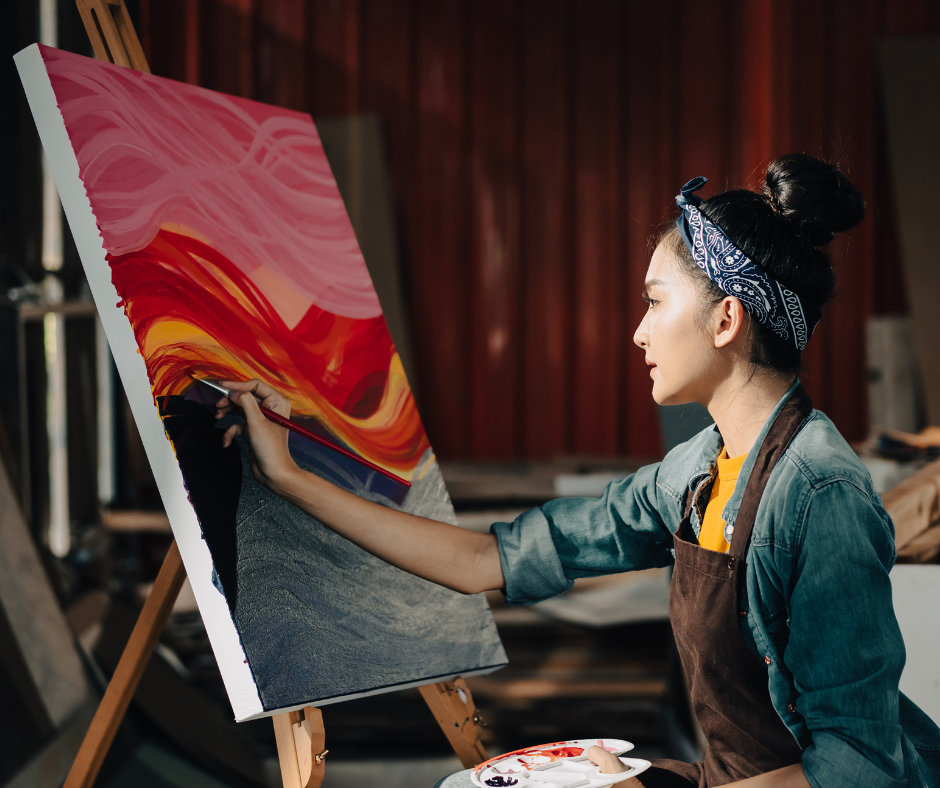

ArtTable is a leadership organization for professional women in the visual arts that promotes artistic excellence while supporting these artists’ careers. It addresses the gender gap in arts leadership by offering programs that include mentorship, networking events, and professional development opportunities.
The organization’s efforts to advance women’s leadership have a transformative impact on the arts community by advocating for diversity and inclusion.
Associated American Artists (AAA)
Historically, the Associated American Artists (AAA) played a significant role in making art accessible to broader audiences and was known for its innovations in the art market.
Given the fluid nature of professional organizations, potential members and partners should investigate its current operations and programs to understand how it serves the art community today.
Association of Medical Illustrators (AMI)


AMI provides an essential link between the worlds of art and medicine, supporting artists whose work is critical to patient care, medical education, and scientific research.
This organization offers a specialized platform for professional development, advocacy, and the exchange of knowledge within the niche field of medical illustration.
College Art Association (CAA)
The College Art Association (CAA) is a preeminent art organization offering a wide array of resources for artists, scholars, and art educators—including advocacy, publications, and guidelines for professional practices. Their annual conference is a significant event for professional development, networking, and current discourse on art theory and history.
Fine Art Dealers Association (FADA)


FADA serves the business side of the art world by uniting galleries and dealers. This association provides its members with guidance on best practices, market insights, and opportunities for networking with peers, collectors, and art history professionals—fostering a more robust art market ecosystem.
Glass Art Society (GAS)
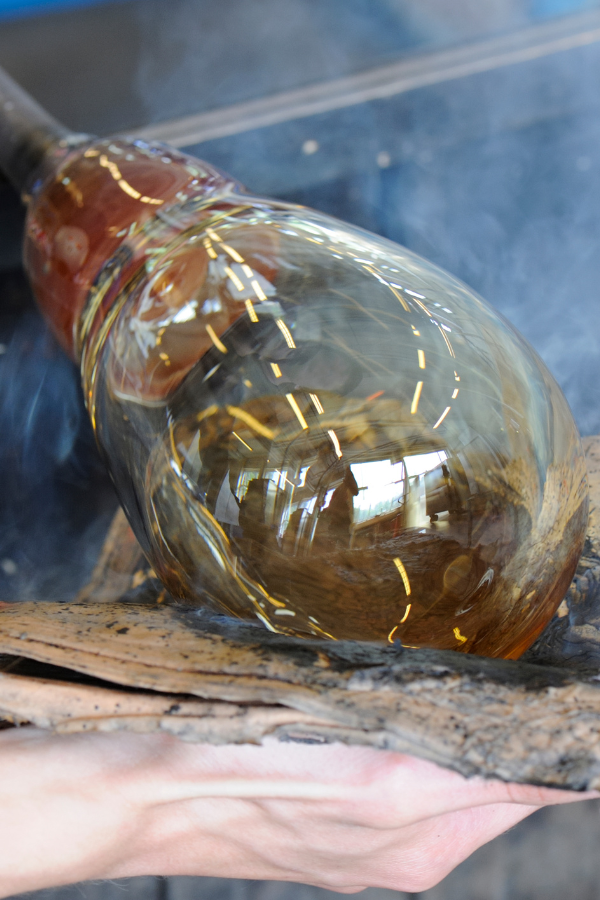

GAS is dedicated to connecting artists who work with glass, supporting a unique and dynamic form of artistic expression. The organization facilitates international conferences, showcases, and publications that not only celebrate the aesthetic and technical aspects of glass art but also encourage innovation within the craft.
International Association of Art Critics (AICA)


AICA supports art critics globally by providing a platform for dialogue, networking, and professional development. It encourages critical discourse and offers members access to international congresses, publications, and a community of peers that is essential for the exchange of ideas and the promotion of art criticism as a profession.
International Sculpture Center (ISC)
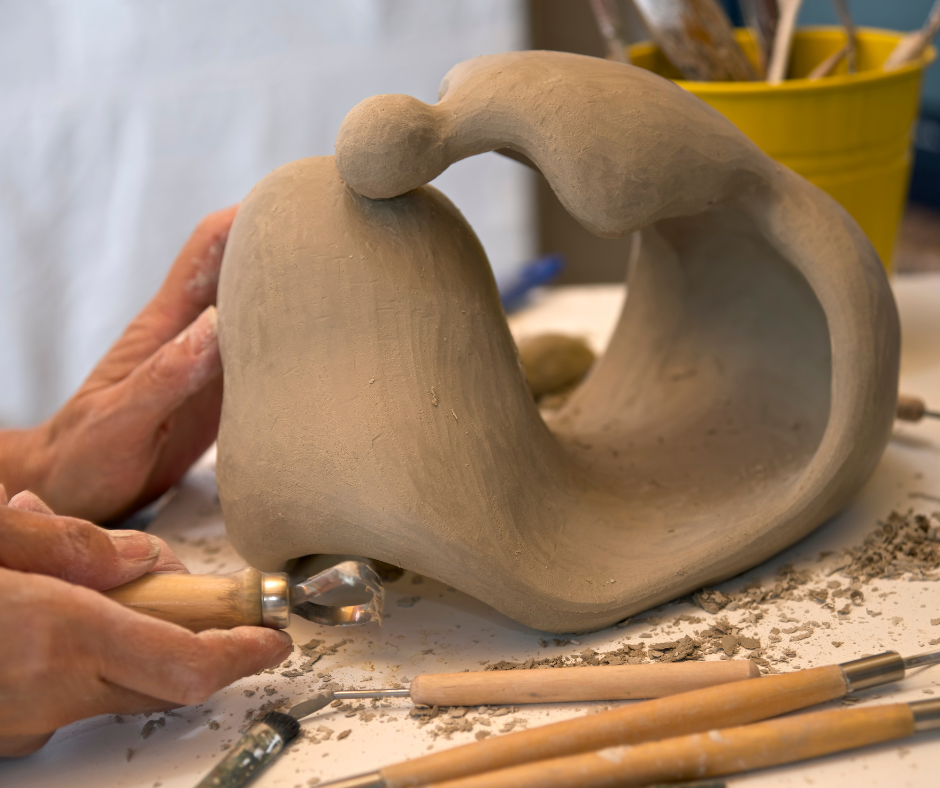

The ISC is committed to advancing the creation and understanding of sculpture as a unique and vital contribution to society. The organization offers resources such as conferences, workshops, and publications that are specifically designed to support sculptors in their practice.
National Association of Women Artists (NAWA)
NAWA champions the cause of female artists by advocating for their recognition and providing exhibition opportunities. Since its inception in the late 19th century, it has worked to overcome the barriers faced by women in the arts and continues to support and promote their work nationally.
National Sculpture Society (NSS)
The NSS fosters appreciation for sculpture inspired by the natural world. It organizes exhibitions, educational programs, and awards that recognize excellence in figurative and representational sculpture—aiming to inspire both artists and the public.
Oil Painters of America (OPA)


OPA focuses on preserving the traditional techniques and quality of representational oil painting. The organization provides its members with opportunities for exhibition, education, and communication—thereby nurturing the art of oil painting and its practitioners.
Public Art Network (PAN)
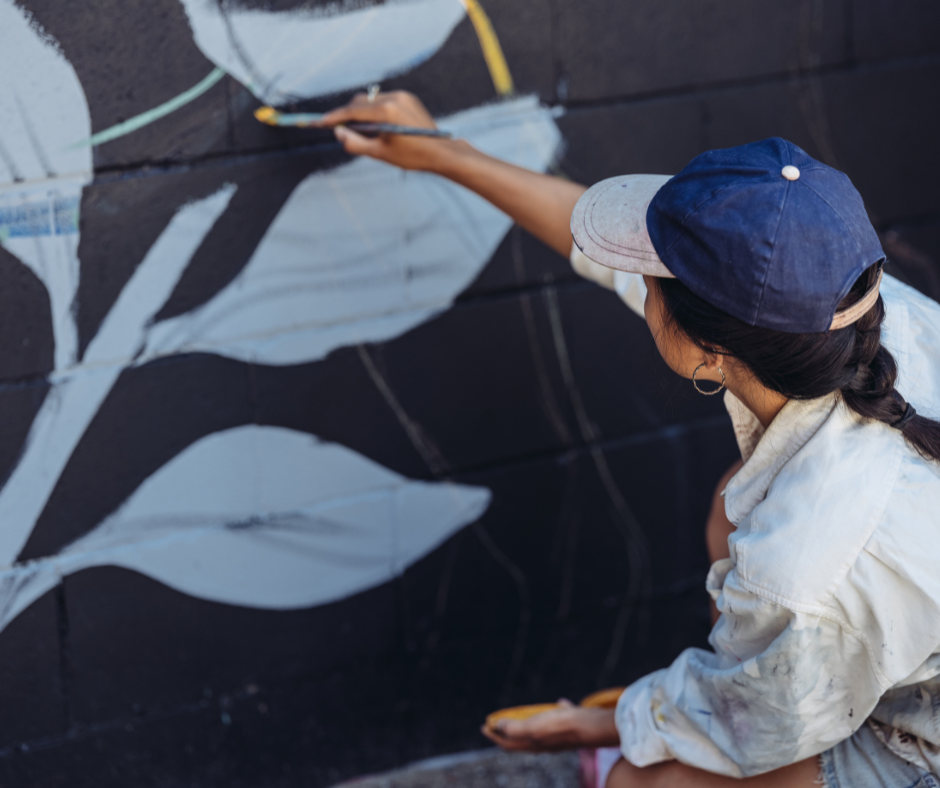

PAN caters to artists and professionals involved in the field of public art. The network advocates for best practices, ethical standards, and promotes public art that is integral to urban and community development—enriching public spaces with aesthetic and cultural value. It also promotes excellence in public art—which is often disregarded by other organizations.
Society for Photographic Education (SPE)
SPE is a fine art photography organization that provides a forum for discussion on photographic education, contemporary creative processes, and the theoretical underpinnings of the medium. It hosts conferences and publications to foster the study and practice of photography as an art form.
Society of American Graphic Artists (SAGA)


SAGA concentrates on the art of printmaking, supporting artists through exhibitions, catalogues, and collaborative projects. It also works to educate the public about the value and intricacies of printmaking, keeping the tradition alive and evolving.
Society of Illustrators
The Society of Illustrators promotes the art and appreciation of illustration, celebrating its rich history while also embracing changes in design, technology, and style. It offers resources such as exhibits, lectures, and competitions to support illustrators in their careers.
Watercolor USA Honor Society (WHS)
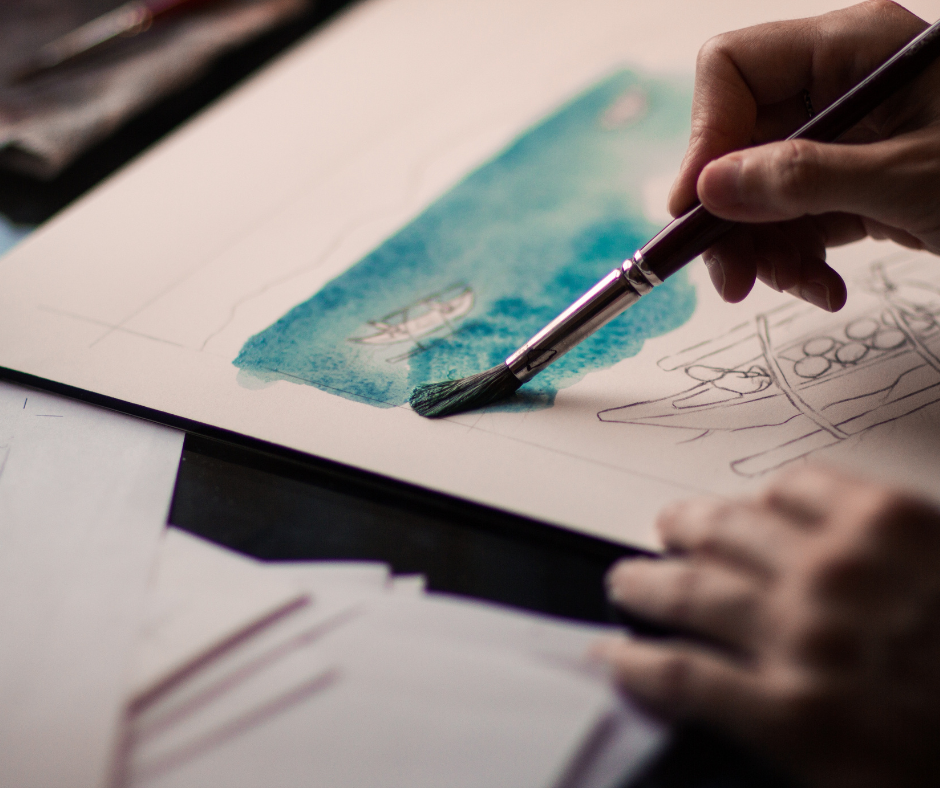

WHS is dedicated to recognizing and supporting artistic excellence in the medium of watercolor, organizing exhibitions and educational opportunities that showcase the versatility and vibrancy of this painting method.
Women’s Caucus for Art (WCA)
The WCA focuses on the empowerment of women within the visual arts through advocacy, exhibitions, and recognition programs. It challenges historical limitations and promotes feminist principles—striving for social change and equality.
American Watercolor Society (AWS)
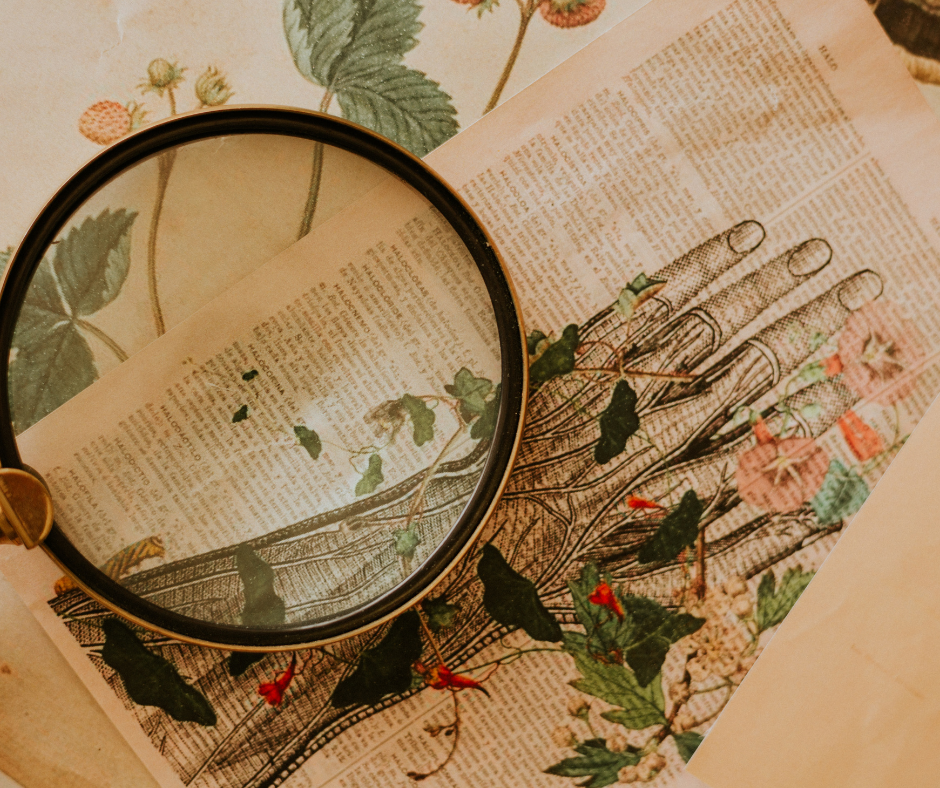

Established in the late 19th century, AWS is a highly respected organization that promotes the art of watercolor painting. Through juried exhibitions, educational programs, and demonstrations, AWS encourages innovation and excellence in watercolor—providing a supportive platform for artist members specializing in this medium.
Navigating Challenges and Maximizing Membership


In the professional journey of those working in the visual and performing arts, membership in relevant artist associations can be a pivotal step toward advancing their careers. However, common hurdles such as time constraints, financial limitations, and active engagement can often impede artists from fully leveraging the benefits of these memberships.
Time—a finite and often scarce resource for students and established artists deeply engaged in their craft—can limit their ability to participate in the events and networking opportunities that organizations provide. Financial barriers—including artist association membership fees and costs associated with attending conferences or exhibitions—further restrict accessibility. Moreover, the challenge of engagement—both in terms of taking initiative to become involved and finding relevance to one’s own practice—can lead to underutilization of the resources these associations offer.
To surmount these challenges, artists can employ a suite of strategies to maximize the value derived from their memberships. Prioritizing events and opportunities that offer the highest potential benefit is crucial.
This means selectively attending workshops or networking sessions that are most applicable to one’s artistic domain or career stage. It may also involve seeking roles within the organization—such as committee positions or ambassador roles—which can enhance visibility and create deeper connections within the community.
Financially, artists can explore scholarships or grants that many organizations offer to cover membership costs or participation in exclusive events. For those facing tight budgets—contributing to the organization in a voluntary capacity could lead to waived fees or discounted access to resources.
Balancing creative work with professional development is an art in itself. While the former demands deep introspection and uninterrupted focus, the latter requires external engagement and active learning. Artists must strike a balance—carving out dedicated time for both pursuits.
Structured scheduling and goal setting can ensure that neither domain is neglected. This balance not only enriches the artist’s work with new insights and techniques learned through professional avenues but also ensures that their creative output remains aligned with evolving industry standards and opportunities.
In navigating these challenges, the onus is on the artist to take a proactive stance—assessing personal needs, setting clear objectives for what they wish to gain from the organization, and managing their time and finances to support these goals. With a strategic approach, the symbiosis of creative artwork and professional development can thrive—leading to a fulfilling and prosperous artistic career.








